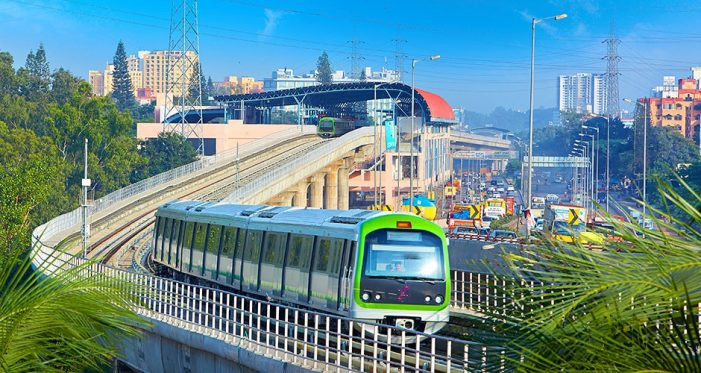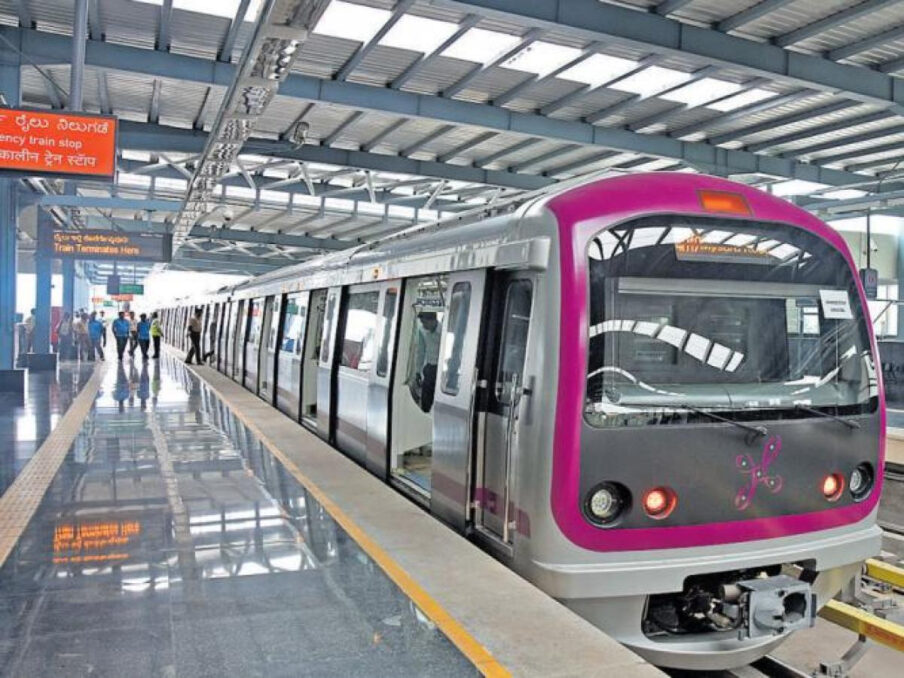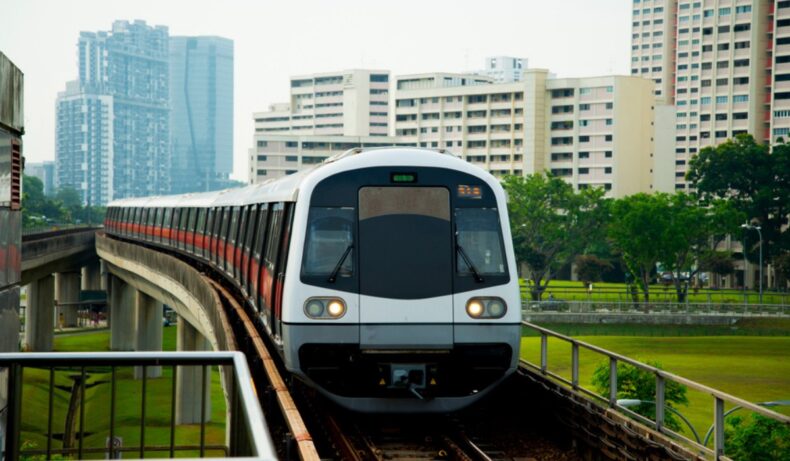Feeder bus services are available at the Metro stations of Bengaluru. The City’s current Metro service covers an area of 70 km and has 63 stations for the people to ride the Metro. But the buses are only available on 17 of these 63 stations.
According to statistics, Bengaluru Metro accommodates an average of 6.1 lakh people daily and still has the potential to indulge more passengers. It still remains far from reaching its full potential. The reason for this falls on the lack of last-mile connectivity of metro stations to the people’s houses.
Need for Feeder Bus Services at Metro Stations
There are over 1 crore vehicles in Bengaluru city, majority of them being private. This number is almost at a bursting point as the roads of the city are struggling to accommodate so many vehicles, causing heavy and long traffic jams.

Image Source: Mint
And thus, with the aim of encouraging lakhs of people going to their offices daily to use public transport, the feeder bus services were made available to ease the last-mile connectivity and make it easier for people to come to their nearest metro stations.
The Bengaluru Metro network is not as updated as other metropolitan cities, especially Delhi. In the capital of India, lakhs of employees, students, shoppers and many other type of passengers use the metro because of the carefully laid layout of the service and good connectivity of sectors and other places with the metro stations.
Bangalore, on the other hand has been lagging behind on its Metro development and is not as well connected to encourage people to take the service. Many different lines are not connected with each other, which makes the passengers’ approach limited. To fill this gap, feeder buses are introduced.
Number of BMTC Buses offering the services
Bangalore Metropolitan Transport Corporation (BMTC) has a large fleet of 6,700 buses that cover almost 54,450 trips a day. Out of this fleet only 95 buses are assigned to the Metro stations. These buses cover almost 1,752 trips on a daily basis.
It might seem like a big amount if seen separately, but looking at the big amount of BMTC bus fleet, not even 2% of the feeder buses are assigned for the metro stations.

Image Source: India Infra Hub
By the end of 2024, the construction of Metro is planned to add another 40 km to the existing map. To connect stations with different lines that are not on the metro route, a transport providing this kind of service is required.
Adding another stretch of metro will require more feeder bus services to be deployed in the service and thus BMTC should plan ahead on the requires number and optimal connectivity with their service and metro.
Why is BMTC reluctant to add more feeder buses at Metro?
An official of BMTC was asked about their reluctance to add more feeder buses on metro stations and the official explained that many routes of the stations are not economically viable for the public vehicle.
It is unable to patronise good number passengers on the current routes they are running.
The official said that a bus has an operational cost of Rs. 70 per km and they are only able to get INR 42 per km. Because they have shorter routes, the buses are unable to be fully utilised of their capacity.

Image source: Metro Rail News
Even though they are not adding any additional vehicles on these routes, they have not removed any of the running one even when they are in Loss.
There were other initiatives taken by Metro itself to last-mile connectivity. It introduced rental cycles and bikes that passengers could book. They also set a station for cabs where people can book one. All these initiatives at the end failed to show favourable results and were stopped
There was even Auto-stands fixed near the stations, but passengers were quick to express their dissatisfaction about the drivers of the auto vehicle as they demanded more money after dropping at the location that their initial price.













